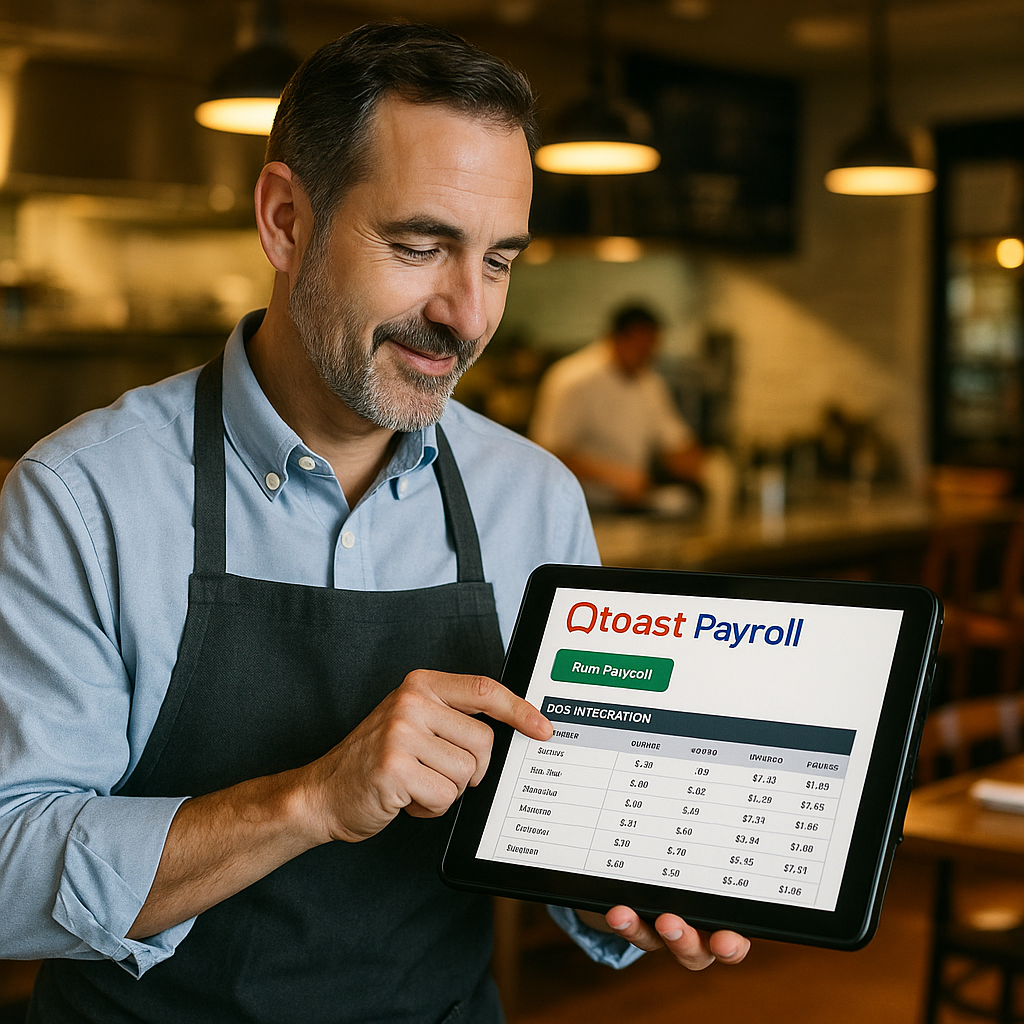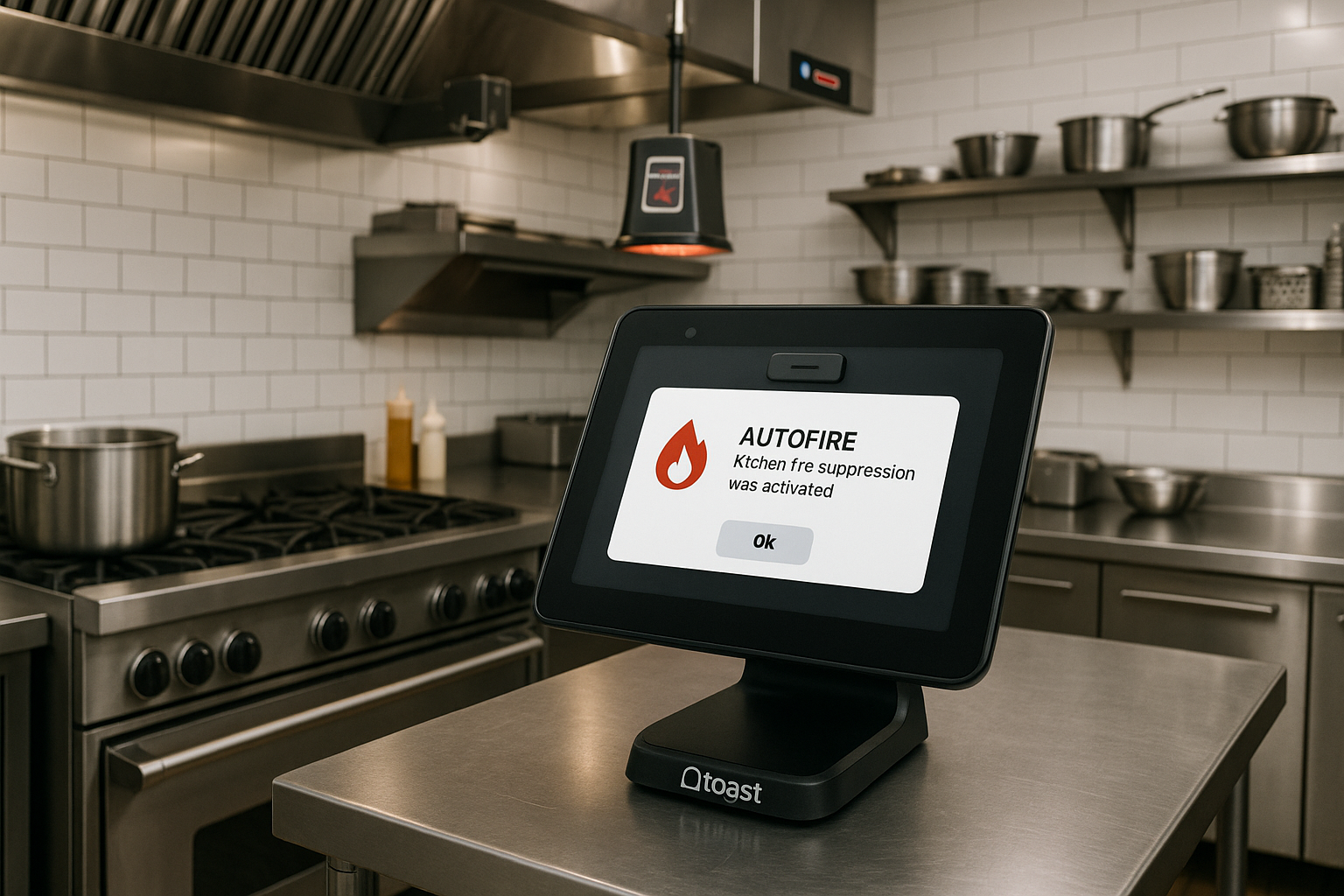Understanding Consumer Preferences in Dining
Introduction
Understanding consumer preferences is vital for any restaurateur aiming to thrive in today’s fast-paced marketplace. Recent reports indicate a shift in dining habits, influenced by factors such as health consciousness, convenience, and the overall dining experience. With these changes, restaurants must not only recognize but also anticipate consumer demands to remain relevant.
Research shows that diners are increasingly seeking personalized experiences, which can be achieved through tailored menus and loyalty programs. Additionally, the preference for healthier options continues to grow, pushing restaurants to innovate and diversify their offerings. Keeping a pulse on these evolving preferences is essential for restaurateurs who wish to capture and retain a loyal customer base.
To effectively adapt to these consumer trends, restaurants can leverage technology, such as POS systems, to gather and analyze customer data. This information allows for informed decision-making, ensuring that dining experiences align with the desires of today’s consumers.
The Rise of Off-Premise Ordering Trends
The restaurant industry has seen a significant rise in off-premise ordering, which includes takeout, delivery, and catering. This trend has been accelerated by recent global events, leading many establishments to adapt their business models accordingly. Data reveals that a substantial percentage of consumers now prefer off-premise dining, valuing convenience and flexibility in their food choices.
To capitalize on this shift, restaurants must invest in robust off-premise capabilities. This includes developing an efficient online ordering system, partnering with delivery services, and optimizing menus for takeout. A well-integrated POS system can streamline these processes, ensuring that off-premise orders are handled swiftly and accurately.
Moreover, marketing strategies need to reflect this change, promoting off-premise options and emphasizing the convenience they offer. By focusing on this growing segment, restaurateurs can reach a broader audience and boost their revenue streams.
Adapting to Technology in the Restaurant Industry
Technology continues to reshape the landscape of the restaurant industry, making it essential for businesses to stay informed and adaptable. From POS systems that streamline operations to mobile apps that enhance customer engagement, technology plays a crucial role in driving efficiency and improving the dining experience.
Embracing the latest technological advancements can provide restaurants with a competitive edge. For instance, contactless payments and online reservations have become standard expectations among consumers. Restaurants that integrate these technologies into their operations not only improve customer satisfaction but also enhance operational efficiency.
Additionally, data analytics from POS systems can reveal insights into sales trends and customer preferences, allowing restaurateurs to make data-driven decisions. Adapting to these technological changes is not just beneficial; it is imperative for survival in a competitive market.
Staying Competitive in a Changing Market
In an ever-evolving restaurant landscape, staying competitive requires a proactive approach. Understanding market trends and consumer behaviors is crucial, but equally important is the ability to adapt and innovate. Restaurateurs must be agile, ready to pivot their strategies based on emerging trends and customer feedback.
A key to maintaining competitiveness is fostering a culture of continuous improvement and learning within the establishment. This involves training staff to meet new demands, refining service models, and regularly updating menu options to keep offerings fresh and exciting.
Moreover, collaboration with industry peers and learning from successful case studies can provide valuable insights. Engaging with reports and resources that analyze current market conditions, like those from Toast, can equip restaurateurs with the knowledge needed to navigate challenges and seize opportunities effectively.
Conclusion
As the restaurant industry continues to evolve, understanding and adapting to trends is paramount. By leveraging insights from comprehensive reports and staying attuned to consumer preferences, restaurateurs can position themselves for success in a competitive landscape. With the right strategies and tools in place, restaurants can thrive in this dynamic environment.


